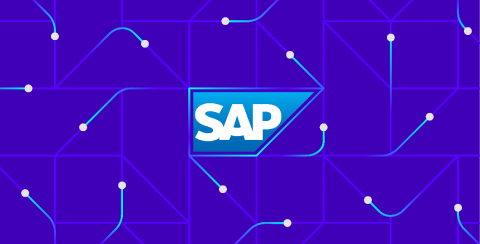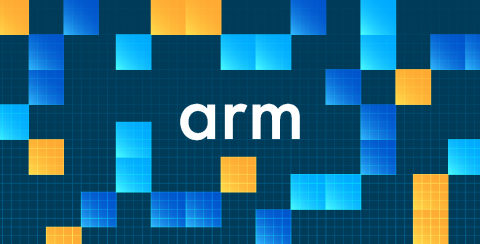Speed up your root cause analysis with Metric Correlations
In a world where the applications we run are constantly changing, the number of monitored metrics and events is skyrocketing, and responsibility for system components is fragmented across teams, it becomes increasingly difficult to pinpoint possible root causes of an issue in a timely manner. To address this challenge, we’re introducing Metric Correlations, which automatically finds candidates for the causes of an issue by searching your system for correlated metrics.

















